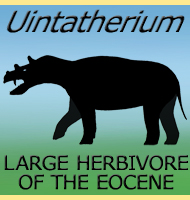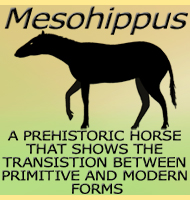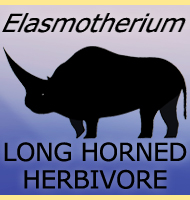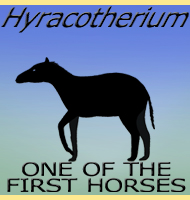


Hyrachyus
Name: Hyrachyus
(Hyrax pig).
Phonetic: Hy-rak-hy-us.
Named By: Joseph Leidy - 1871.
Synonyms: Chasmotherium, Colonoceras,
Hyrachyus agrarius, Hyrachyus agrestis, , Hyrachyus bairdianus,
Hyrachyus crassidens, Hyrachyus hypostylus, Hyrachyus imperialis,
Hyrachyus princeps, Ephyrachyus, Isectolophus modestus,
Lophiodon affinis, Lophiodon bairdianus, Lophiodon modestus,
Metahyrachyus.
Classification: Chordata, Mammalia,
Perissodactyla, Hyrachyidae.
Species: H. affinis, H. bicornutus,
H. douglassi, H. eximius, H. modestus.
Diet: Herbivore.
Size: Up to about 1.5 meters long.
Known locations: Seemingly across northern Eurasia
and North America with countries including England, France,
Germany, Jamaica, Japan Spain, Switzerland and the USA.
Time period: Thanetian of the Paleocene through to
Lutetian of the Eocene.
Fossil representation: Remains of well over 100
individuals.
The type genus of the Hyrachyidae, Hyrachyus usually considered to be an ancient relative of the tapirs. Hyrachyus would have been an average sized herbivore for its time, and may have been hunted by other types of mammals such as mesonychids.
Further reading
- Oldest West Indian Land Mammal: Rhinocerotoid Ungulate from the
Eocene of Jamaica, D. P. Domning, R. J. Emry, R. W.
Portel, S. K. Donovan & K. S. Schindler -
1997.
----------------------------------------------------------------------------
Random favourites
 |
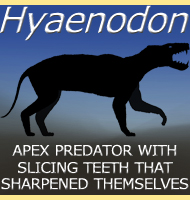 |
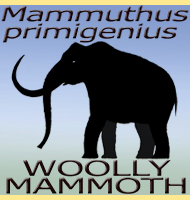 |
